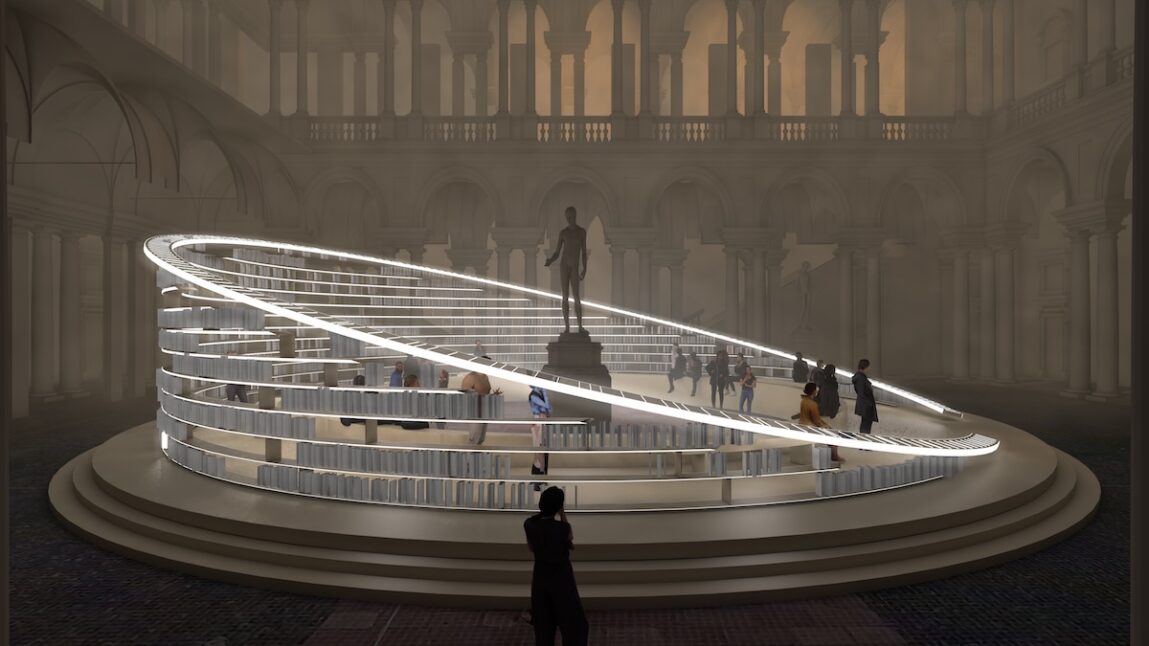The 63rd edition of the Salone del Mobile Milano 2025, which will take place from April 8 to 13, will once again present itself as a permanent fixture in the international design calendar—supported by economic relevance, programmatic expansion and, last but not least, symbolic appeal. The number of international exhibitors remains high, and numerous companies beyond the classic design disciplines use the established platform to present art and design collaborations—Milan is once again set to become a global hub for the design scene. What is striking here is not so much the claim to radical innovation but rather the reflective approach to the existing—and its careful further development in contemporary contexts.
City and SALONE—AN interlinked system
This year’s program in the city begins even before the official opening of the fair. The Vernissage exhibition in Via Dante, for example, brings photographs by Bill Durgin into the public space. They show bodies in relation to designed objects—as a reference to this year’s main theme »Thought for Humans«.
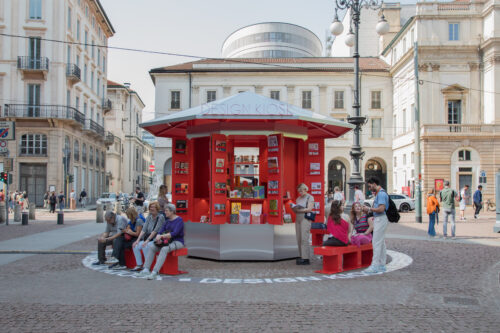

This visual narrative is complemented by the Design Kiosk in Piazza della Scala, where daily discussions with designers take place. Both formats are less spectacular events and more an invitation to engage with design in everyday life.
Installations between staging and reflection
Two central installations outside the exhibition grounds are more differentiated in terms of content and atmosphere than in previous years. Robert Wilson’s work Mother in the Museo della Pietà Rondanini is intended to stand for a harmonious interplay of light, music and space—an examination of Michelangelo’s unfinished sculpture, accompanied by Arvo Pärt’s Stabat Mater. The installation deliberately dispenses with narrative gestures and works with reduction, lighting and sound as creative means.
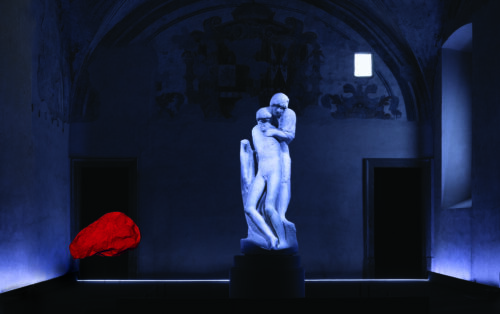
With Library of Light, the renowned British artist Es Devlin has created an installation in the Cortile d’Onore of the Pinacoteca di Brera that clearly stands out from the purely visual gestures of many Milanese installations. The conceptual core lies not in the representation of light as an atmospheric means, but in its role as a carrier of information and meaning. The installation is physically conceived as a walk-in structure, filled with over 2,000 books—curated and donated by the Fondazione Feltrinelli—, which transform the space into a kind of performative library.

The artist operates here with the contrast between ephemerality (light) and memory (text, book). The result is a temporary space that moves between sculpture, archive and stage. Visitors are invited to move quietly into the structure, linger between the shelves or take part in curated talks at the evening events. This programmatic addition clearly shifts the installation in the direction of a cultural format with a claim to active mediation.
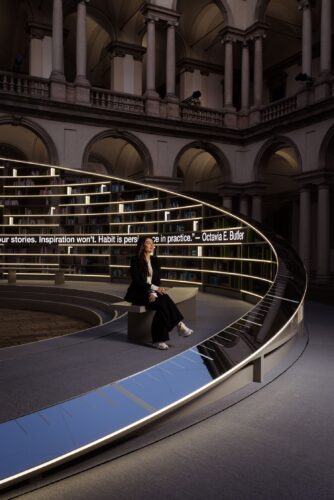
Es Devlin herself commented: »I have always experienced libraries as silently intensely vibrant places where minds and imaginations soar, while clutched like kites by their seated bodies. This kinetic sculpture reflects the synaptic connections being forged, the resonances and associations at play within the minds of a temporary community of readers. As Jorge Luis Borges said: I am not sure that I exist, actually. I am all the writers that I have read, all the people that I have met, all that I have loved; all the cities I have visited.«
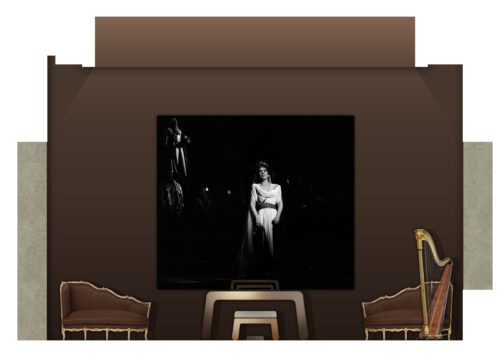
Two installations also set design accents at the trade fair itself: Villa Héritage by Pierre-Yves Rochon reinterprets classic interior design with references to historical hotels and a detailed choice of materials. In direct contrast to this is La dolce attesa, a joint project by director Paolo Sorrentino and set designer Margherita Palli. The production thematizes the moment of waiting—as an intermediate state, translated into a visual and acoustic spatial design.
Focus on light—Euroluce 2025
With the return of the light biennial Euroluce questions of technology, modularity and material once again take center stage. Numerous designs show new solutions in the field of wireless systems, adaptive lighting control and sculptural design. Material combinations of glass, recycled plastic and metal are in the foreground—mostly for functional reasons, less often as a design statement. In addition, the Euroluce International Lighting Forum will take place for the first time, with contributions from architecture, science and lighting design. Here, too, there is a tendency to open up disciplinary boundaries.


Milan as the design capital
With over 2,100 exhibitors from 37 countries, including 168 brands represented for the first time, and a total area of more than 169,000 square meters of sold-out exhibition space, the Salone del Mobile.Milano remains the most important international platform for the furniture and design industry in its 63rd edition. The trade fair is complemented by the SaloneSatellite area for young designers, which this year brings together 700 young designers and 20 international design universities. In addition, over 100 showrooms in the city have been activated as part of the official program, as well as 49 digital LED walls in the city, 320 billboards in subway stations and a dense programme of talks and cultural events at a total of eight central locations. Despite all the conceptual expansions, the Salone thus remains an event that makes an impact above all through its density, scale and institutional reach. [Red.]

